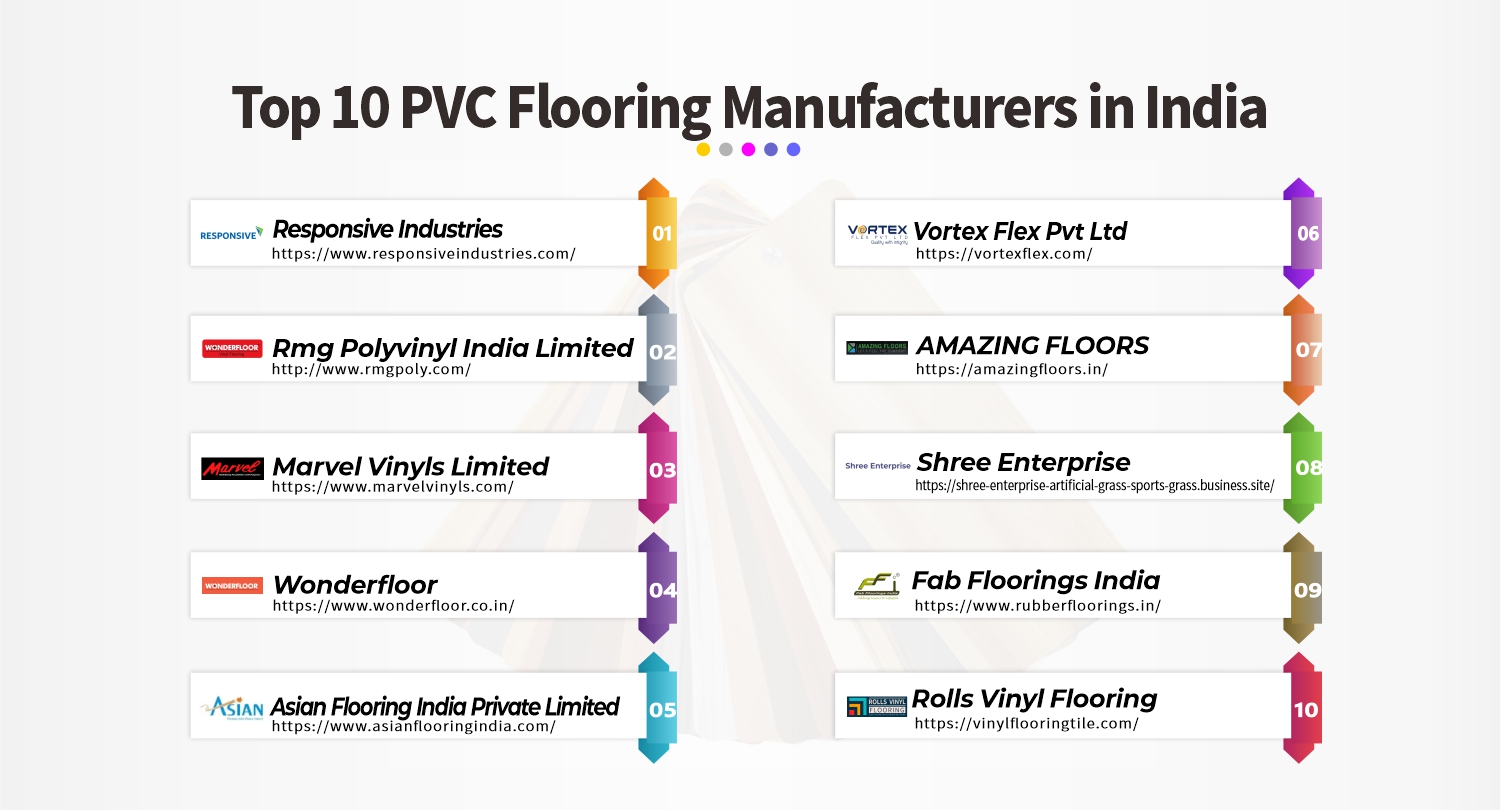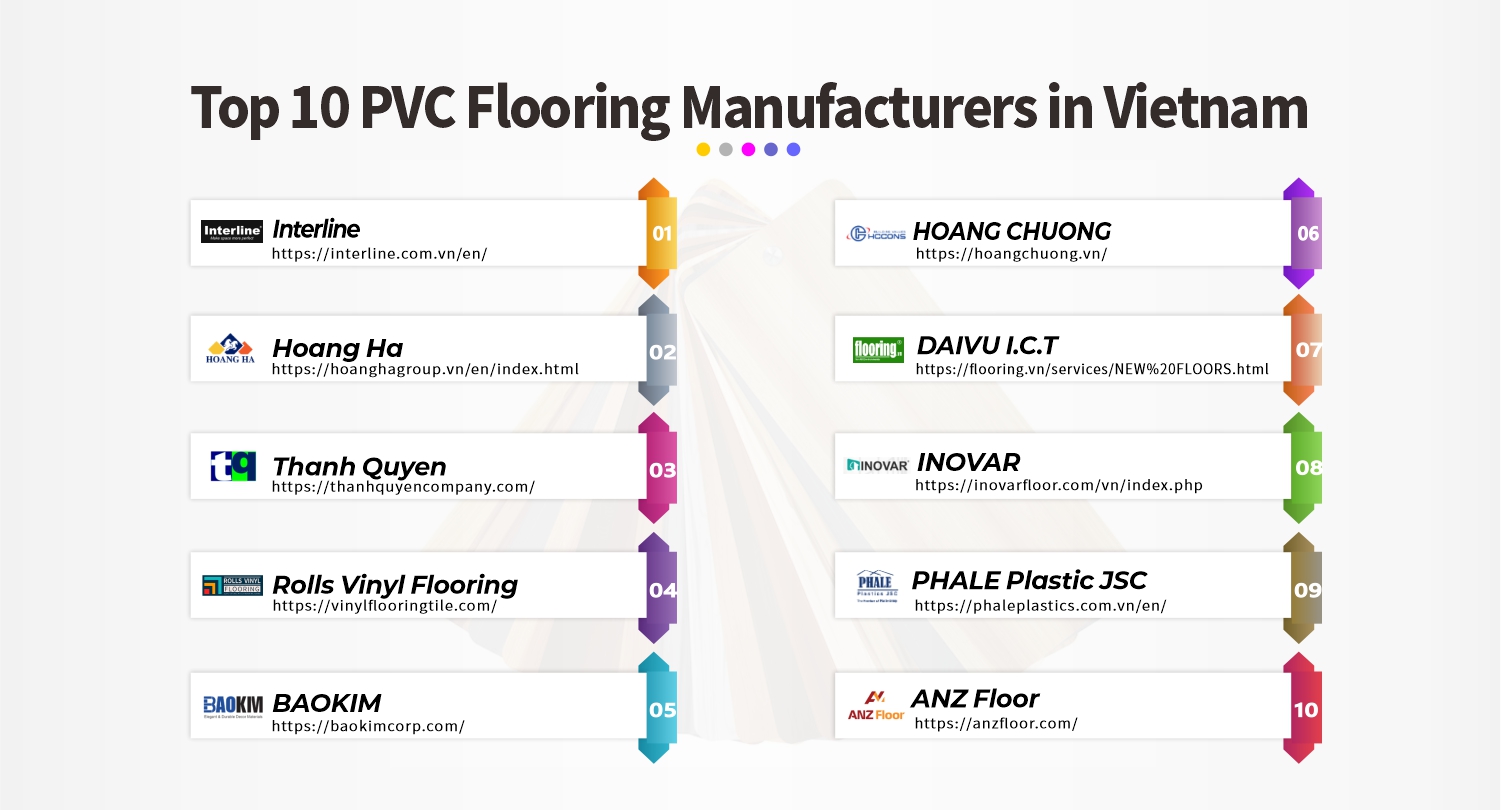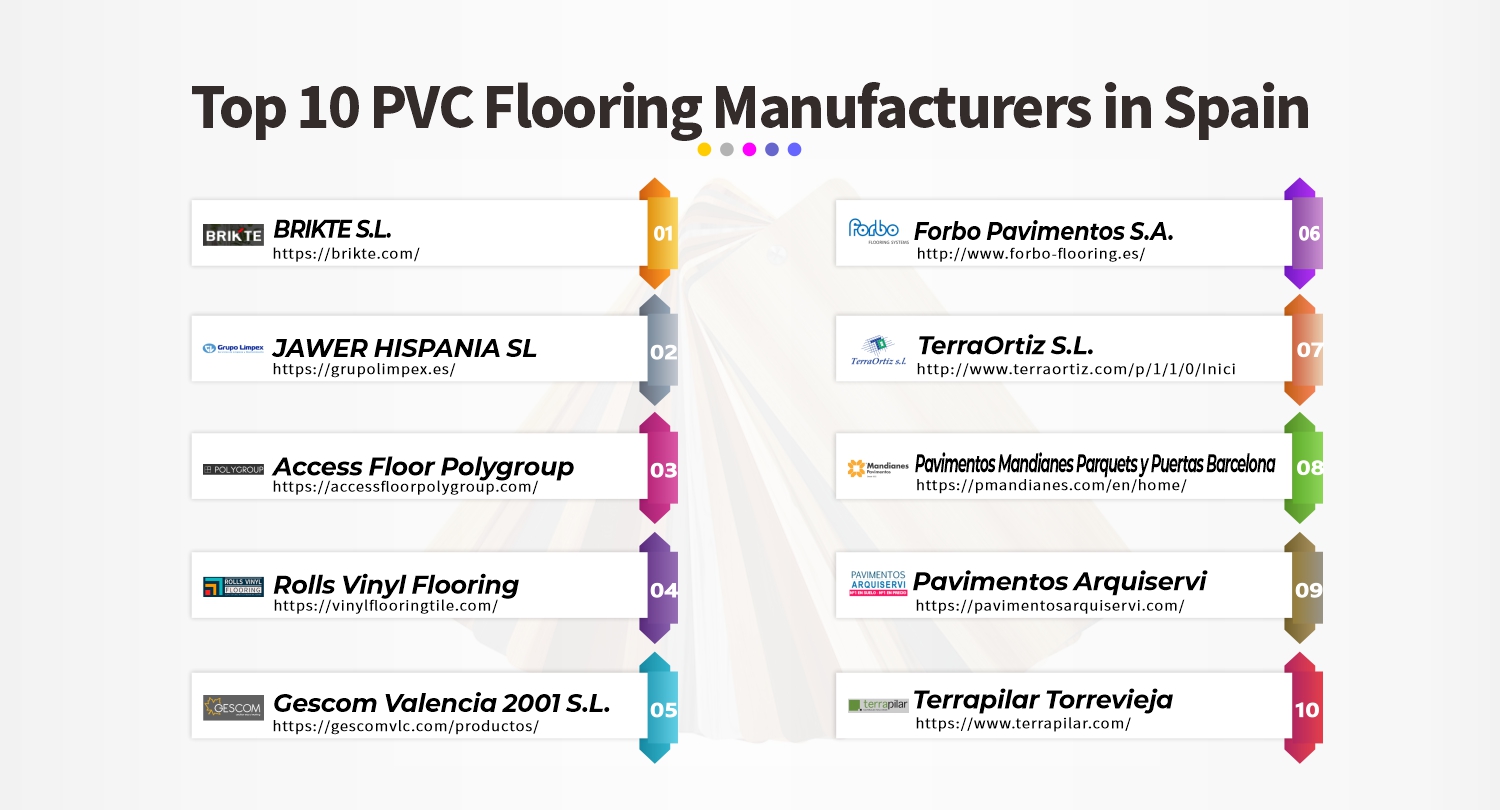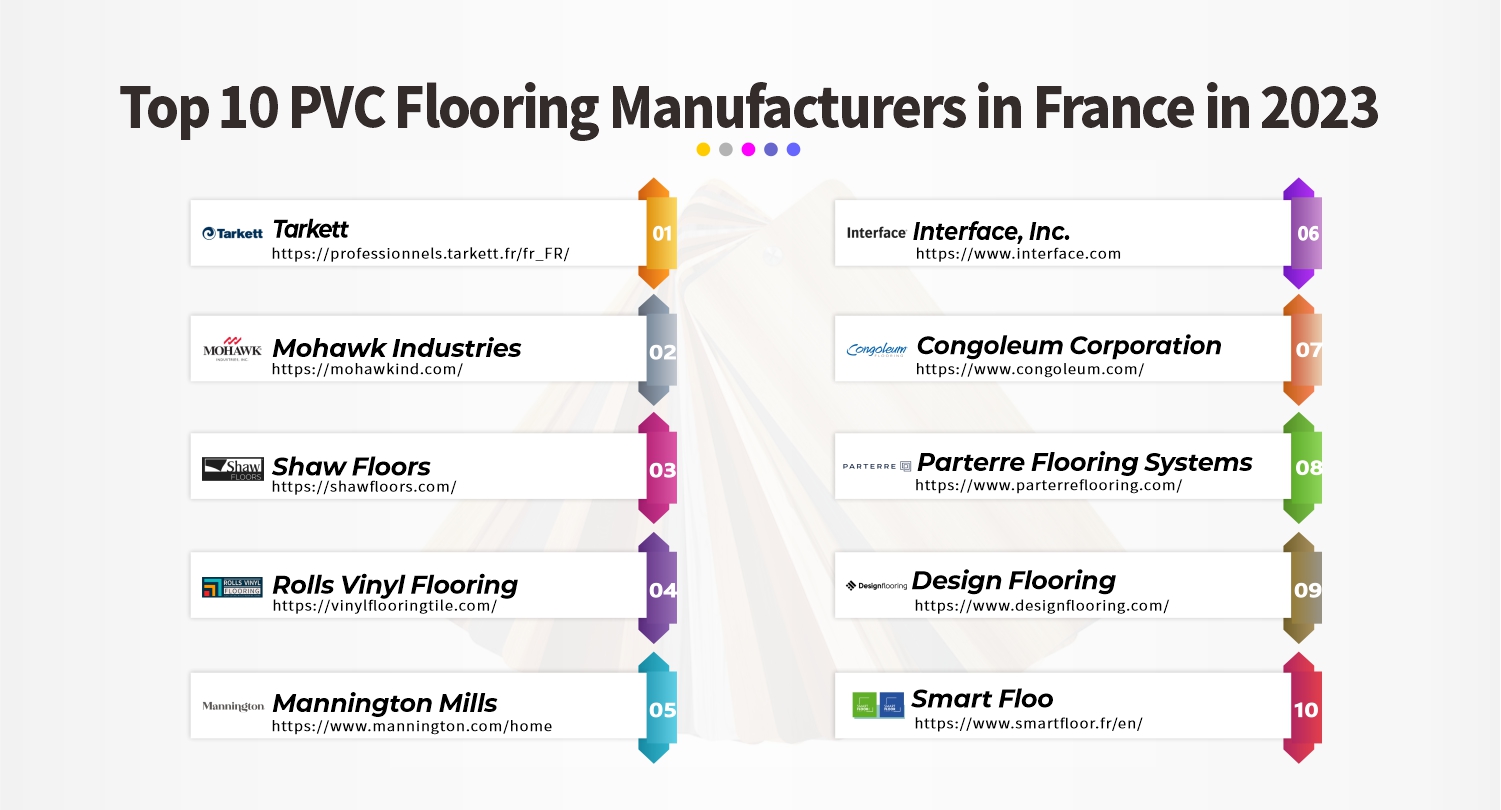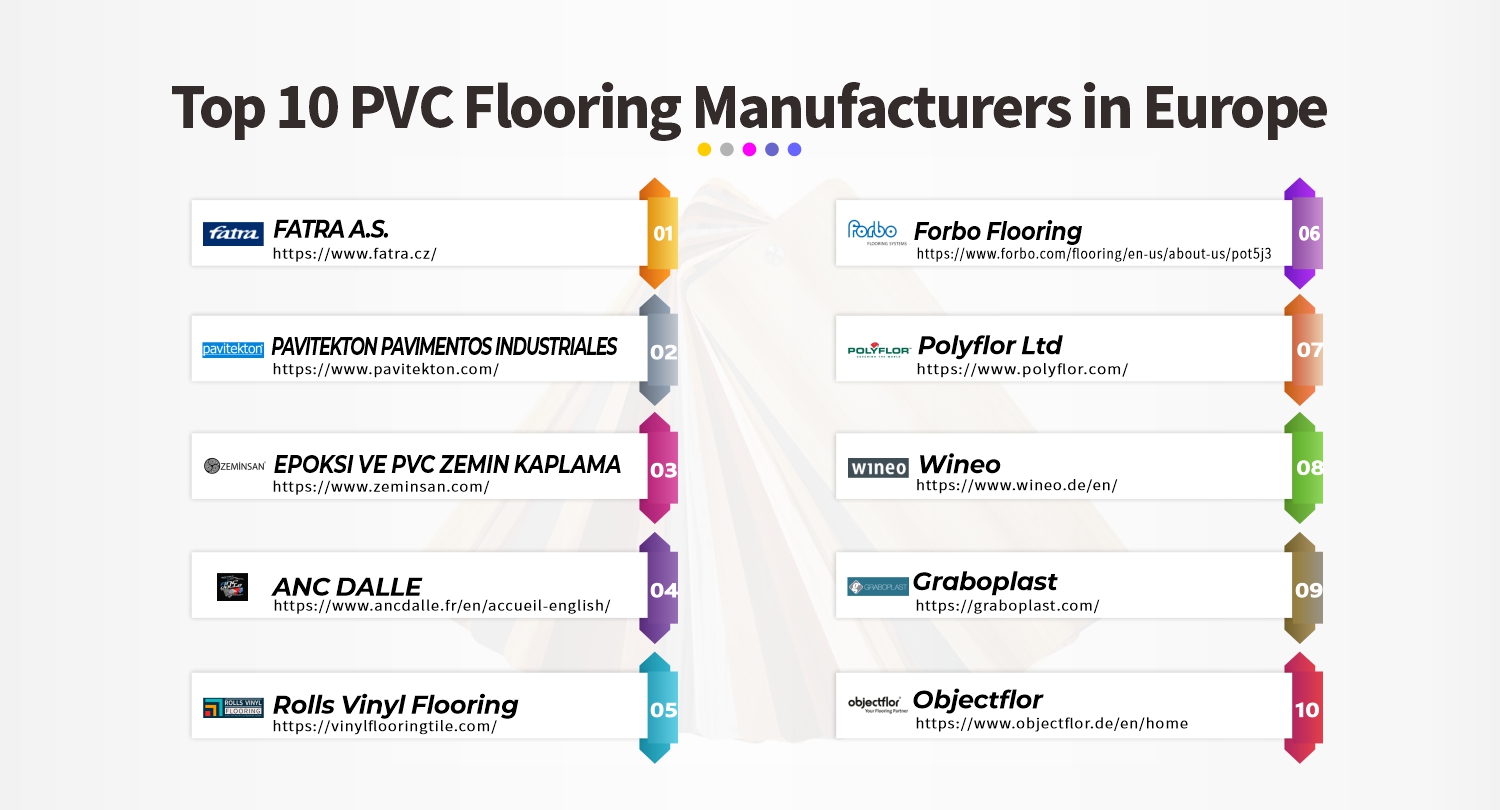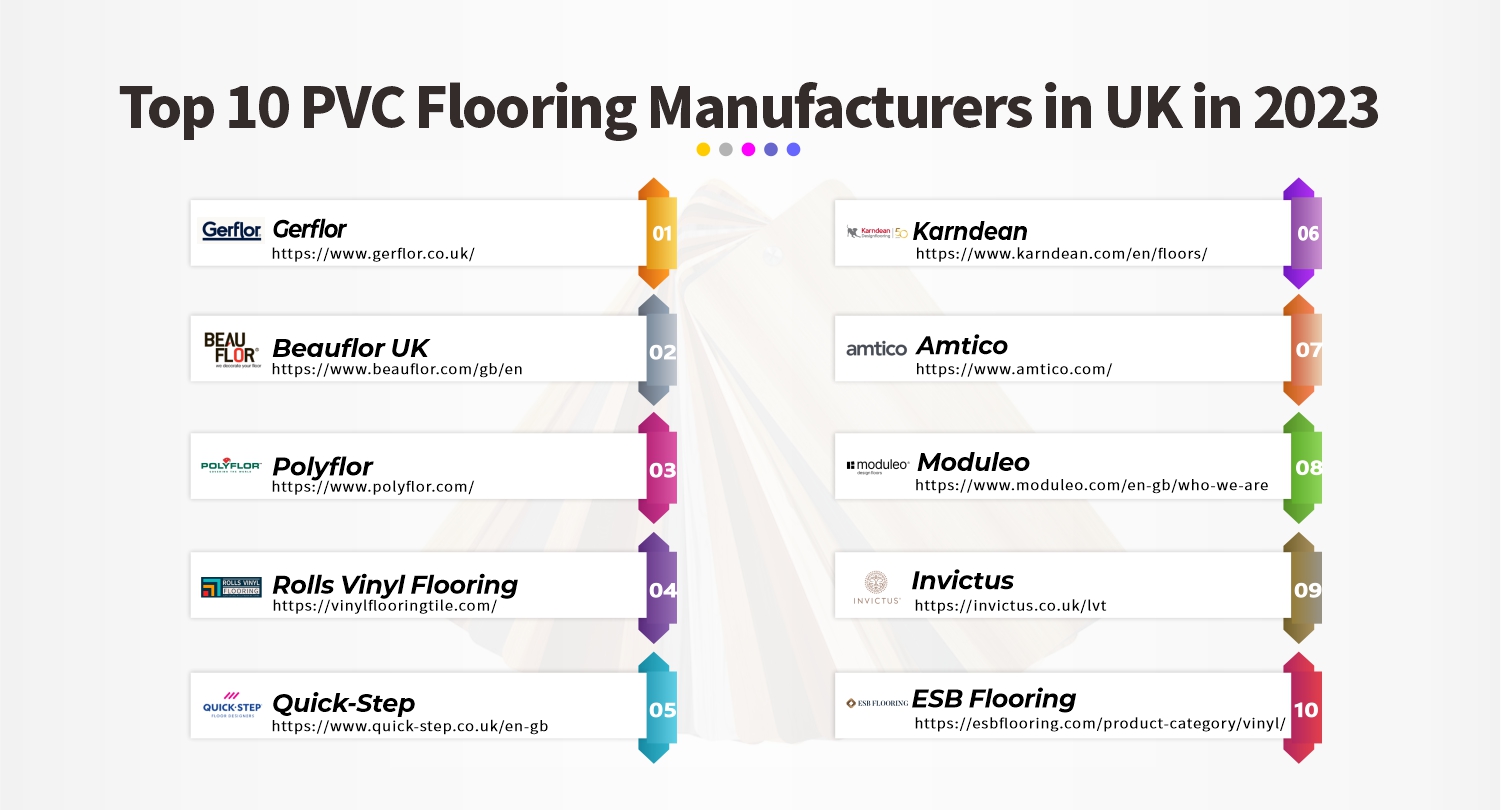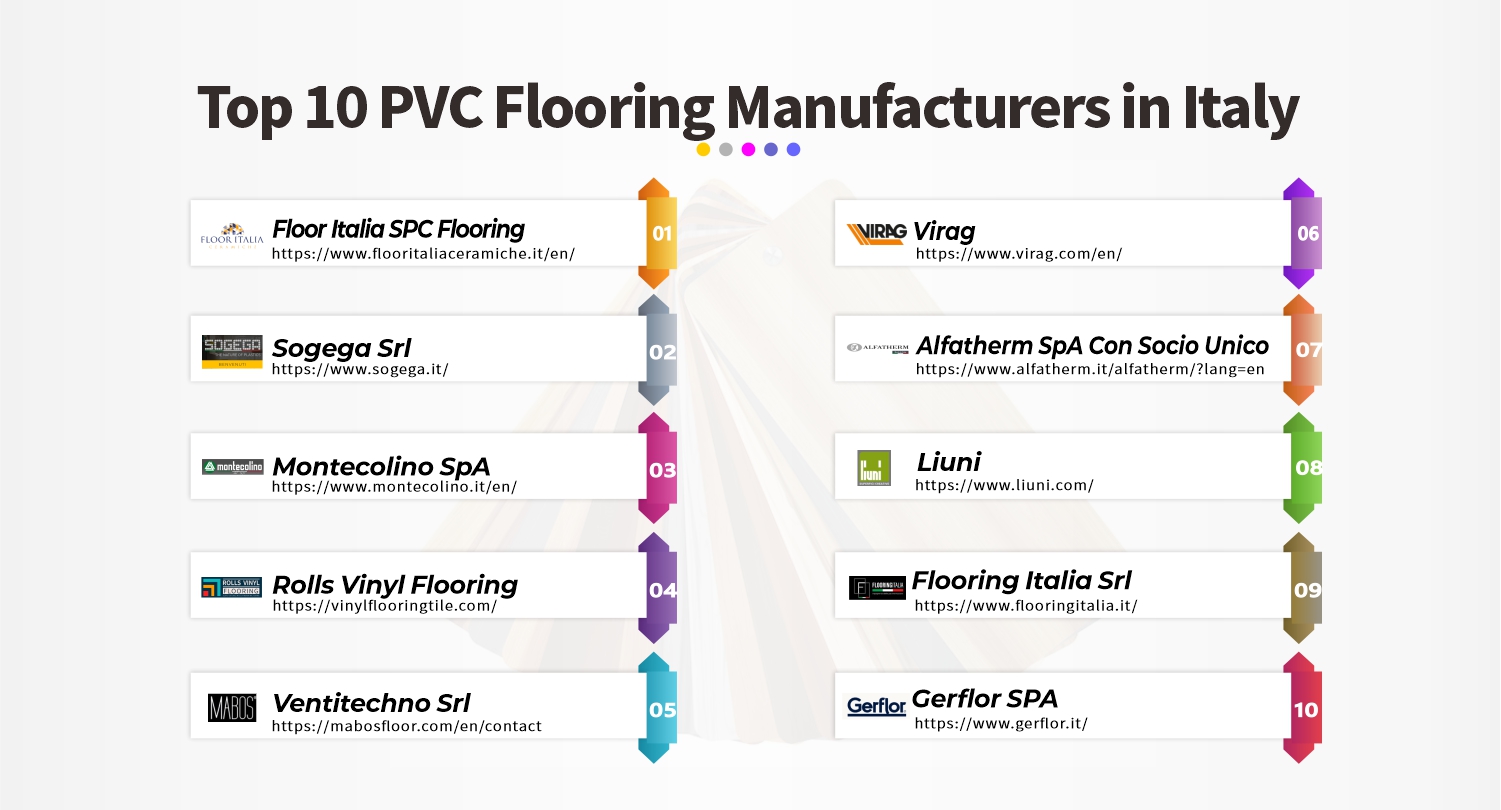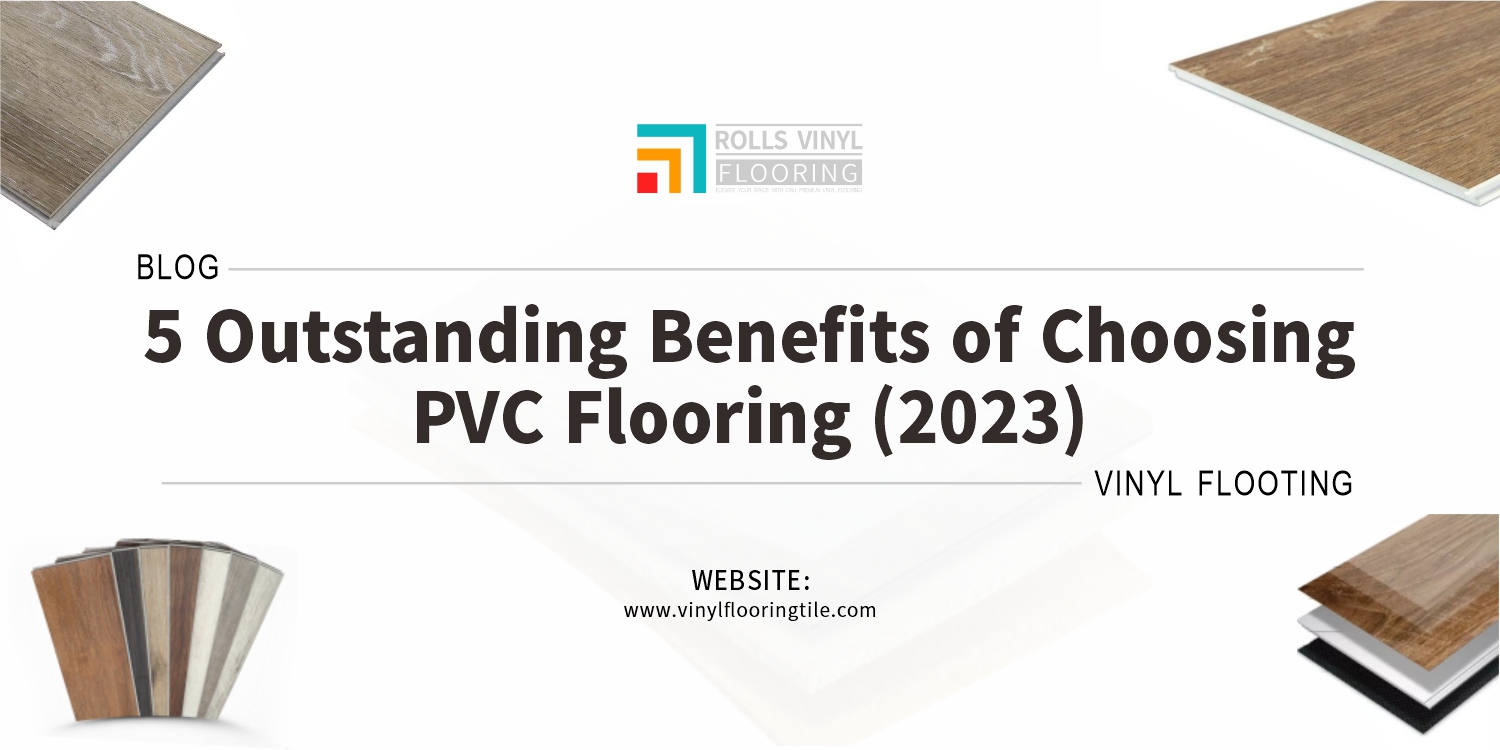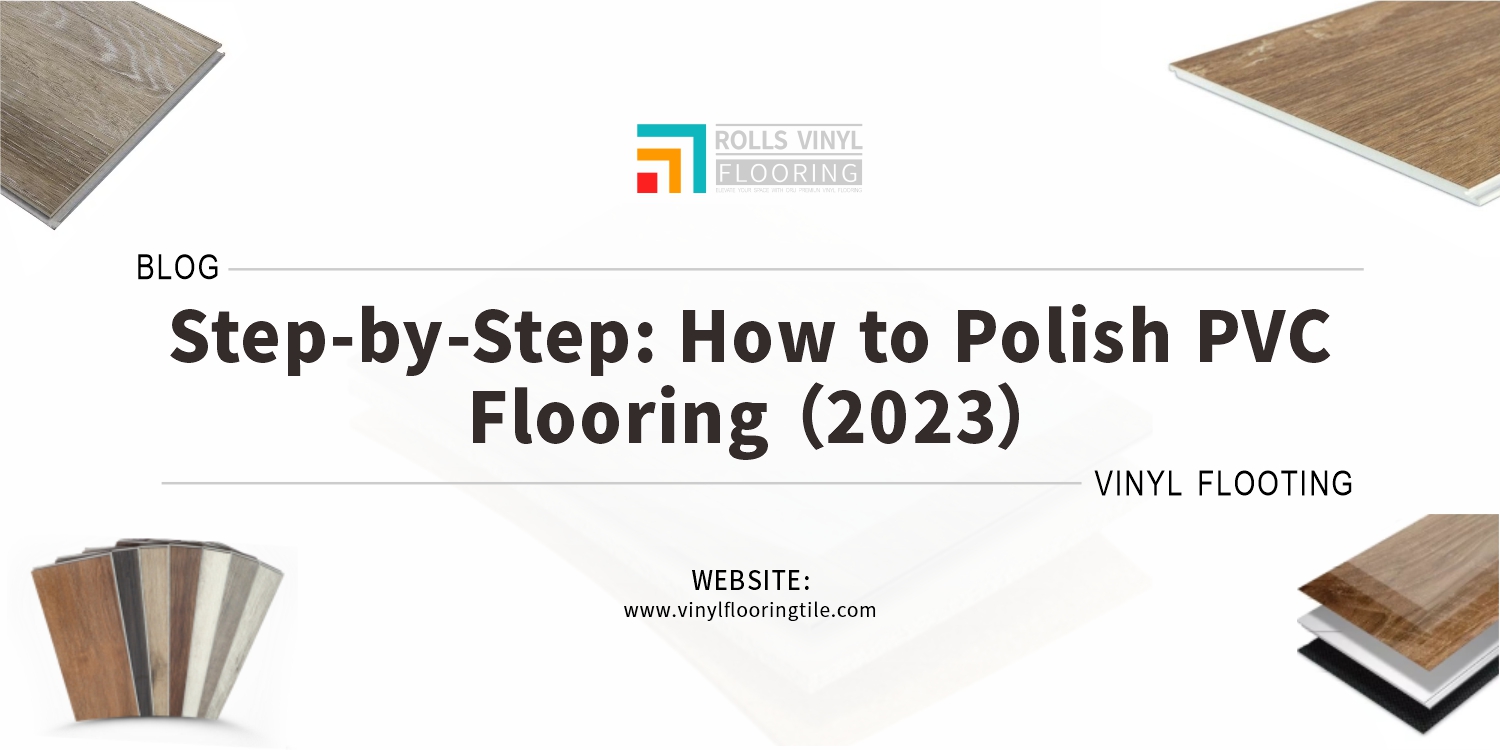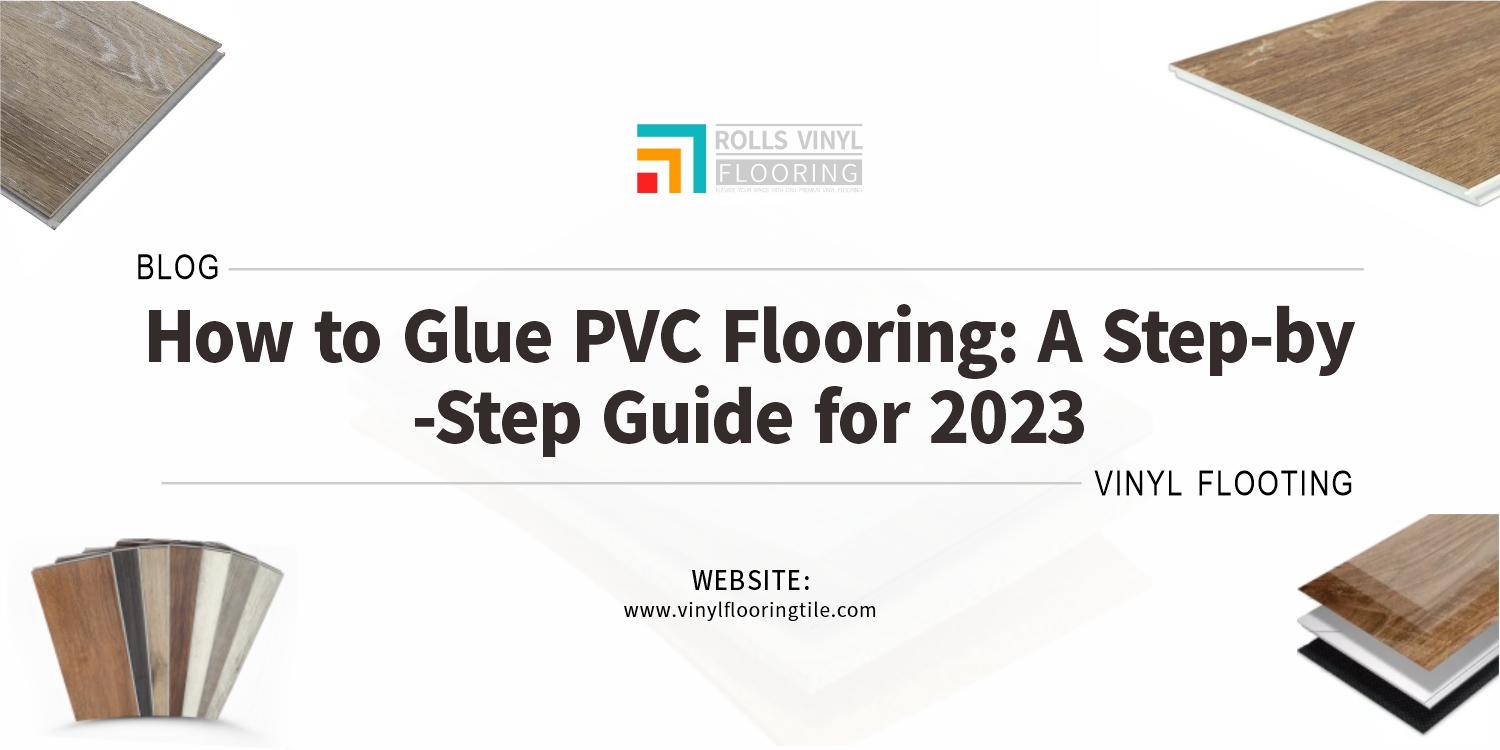This article helps homeowners understand the differences between luxury vinyl flooring and laminate flooring. Knowing these differences is important to help them make an informed decision on which type of flooring is the best option for their home. Did you know that luxury vinyl flooring can mimic the look of hardwood, tile, and stone with more realistic texture and pattern variation than laminate flooring?
- Appearance: LVF has a more realistic texture and pattern variation than laminate flooring. LVF can also mimic the look of hardwood, tile, and stone, while laminate flooring can mimic the look of natural materials.
- Durability: LVF is highly durable and water-resistant, ideal for areas prone to moisture, and can withstand heavy foot traffic. Laminate flooring is less expensive and easier to install as a floating floor.
- Moisture Resistance: LVF is designed to withstand moisture, and some types are completely waterproof. Laminate flooring is not as water-resistant as LVF.
- Installation and Maintenance: LVF may require glue or adhesive for installation, while laminate flooring can be installed as a floating floor without the need for glue or adhesive. Both types of flooring are relatively easy to maintain.
- Environmental Friendliness: LVF can be made with more sustainable materials and some manufacturers have eco-friendly production processes. Laminate flooring is typically made with high-density fiberboard, which is not as environmentally friendly.
Read on to learn everything you need to know about luxury vinyl flooring and laminate flooring and discover which one is the best fit for your home. From appearance to environmental friendliness, we cover it all. Don’t miss out on this informative guide to making an informed decision about your flooring.
What is Luxury Vinyl Flooring and what is Laminate Flooring?
Luxury Vinyl Flooring and Laminate Flooring are two popular flooring options used in modern homes and commercial settings. Both types of flooring provide a durable, stylish, and cost-effective alternative to traditional flooring materials such as hardwood or tile.
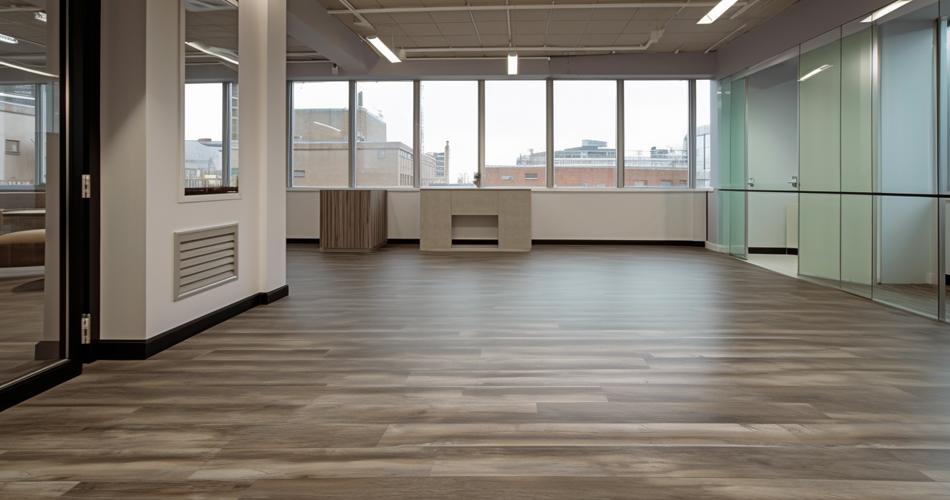
Luxury Vinyl Flooring (LVT) is a type of resilient flooring that replicates the look and feel of natural materials like wood, stone, or tile. It consists of multiple layers, including a wear layer, a printed or embossed design layer, and a core layer made of high-density fiberboard or PVC material. The wear layer is a protective coating that helps to resist scratches, scuffs, and stains, making LVT an ideal choice for high-traffic areas. The printed or embossed layer is responsible for replicating the appearance of natural materials, and the core layer provides stability and support. LVT is available in a wide variety of colors, patterns, and textures, allowing homeowners to customize their flooring to fit their unique style and needs.
Laminate flooring is a multi-layer flooring product that is designed to look and feel like hardwood or natural stone. It consists of a wear layer, a printed design layer, a core layer, and a backing layer. The wear layer is a transparent, protective coating that resists scratches, stains, and moisture. The printed layer replicates the appearance of natural materials like wood, stone, or tile, and the core layer is made of high-density fiberboard or other composite materials. The backing layer provides stability and support for the flooring. Like LVT, laminate flooring is also available in a wide variety of colors, patterns, and textures.
There are several differences between luxury vinyl flooring and laminate flooring. One of the primary differences is in the material composition. LVT is made of PVC or high-density fiberboard, while laminate flooring is made of high-density fiberboard or other composite materials. This makes LVT more water-resistant than laminate flooring, making it a better choice for areas that may be exposed to moisture, such as bathrooms, kitchens, and laundry rooms.
Another difference between LVT and laminate flooring is the installation method. LVT can be installed using a variety of methods, including glue-down, click-and-lock, and loose lay. Laminate flooring, on the other hand, is typically installed using a click-and-lock system, which makes it easier to install for homeowners who want to tackle the project themselves.
In terms of maintenance, both LVT and laminate flooring are easy to clean and maintain. However, LVT may require less maintenance over time, as it is more durable and resistant to scratches and stains.
Both Luxury Vinyl Flooring and Laminate Flooring offer a cost-effective, durable, and stylish alternative to traditional flooring materials. When deciding between the two options, consider the material composition, installation method, and maintenance requirements to determine which flooring option is best suited for your unique needs and lifestyle.
Differences Between Luxury Vinyl Flooring and Laminate Flooring
| Category | Luxury Vinyl Flooring | Laminate Flooring |
|---|---|---|
| Material | Made from PVC, plasticizers, and pigments | Made from fiberboard with a laminate layer |
| Appearance | Can mimic the look of hardwood, stone, or tile | Can mimic the look of hardwood, stone, or tile |
| Durability | More durable than laminate, can withstand heavy foot traffic and moisture | Less durable than luxury vinyl, can be susceptible to scratches and dents |
| Installation | Can be installed as a floating floor or glued down | Can only be installed as a floating floor |
| Comfort | Warmer and softer underfoot than laminate | Cooler and harder underfoot than luxury vinyl |
| Moisture Resistance | Highly resistant to moisture and water damage | Less resistant to moisture and water damage than luxury vinyl |
| Maintenance | Easy to clean and maintain | Requires regular sweeping and damp mopping, may require occasional deep cleaning |
| Price | Generally more expensive than laminate | Generally less expensive than luxury vinyl |
| Sound Absorption | Good sound absorption properties | Can be noisy underfoot |
| Environmental Impact | Can be made from recycled materials, but is not biodegradable | Can be made from recycled materials, but is not biodegradable |
A. Appearance
Luxury Vinyl Flooring:
- Texture: Luxury vinyl flooring (LVF) can mimic the look and feel of natural materials like wood, stone, and ceramic tile. It can have a realistic texture that mimics the grain or texture of the original material, or it can have a smooth and uniform texture.
- Shine: LVF can have a matte or glossy finish, depending on the style and manufacturer.
- Pattern Variation: LVF can have a high degree of pattern variation, allowing for a wide range of design options, including intricate patterns and designs.
Laminate Flooring:
- Texture: Laminate flooring can also mimic the look and feel of natural materials, but it typically has a smooth and uniform texture.
- Shine: Laminate flooring usually has a low to medium gloss finish, giving it a more natural look compared to LVF.
- Pattern Variation: Laminate flooring typically has less pattern variation compared to LVF, with fewer design options available. However, it can still have a variety of wood or stone grain patterns to choose from.
B. Durability
Luxury Vinyl Flooring:
- The thickness of the wear layer: LVF typically has a thicker wear layer than laminate flooring, which can range from 6 to 20 mils in thickness. This wear layer provides excellent resistance to scratches, stains, and dents, making it a durable option for high-traffic areas.
- Water resistance: LVF is highly water-resistant, and some varieties can be completely waterproof. This makes it ideal for use in areas like bathrooms, laundry rooms, and kitchens where spills and moisture are common.
- Ability to withstand heavy foot traffic: LVF is designed to withstand heavy foot traffic and is a durable option for commercial and residential spaces alike.
Laminate Flooring:
- The thickness of the wear layer: Laminate flooring typically has a wear layer that ranges from 6 to 12 mils in thickness. This wear layer provides good resistance to scratches and stains, but it may not be as durable as the wear layer on LVF.
- Water resistance: Laminate flooring is not as water-resistant as LVF and can be prone to swelling or warping if exposed to moisture for prolonged periods. While some laminate products are marketed as water-resistant, they still require care to prevent water damage.
- Ability to withstand heavy foot traffic: Laminate flooring can withstand moderate foot traffic but may not be as durable as LVF in high-traffic areas. It is best suited for use in residential spaces with moderate foot traffic.
C. Moisture Resistance
Luxury Vinyl Flooring:
- Core Material: LVF is made of multiple layers, including a rigid core made of materials like stone plastic composite (SPC) or wood plastic composite (WPC), which provides added stability and resistance to moisture.
- Ability to resist water damage: LVF is highly resistant to water damage and is an ideal choice for areas prone to moisture, such as bathrooms, kitchens, and basements. Some varieties of LVF are completely waterproof and can be submerged in water without sustaining damage.
Laminate Flooring:
- Core Material: Laminate flooring is made of a high-density fiberboard (HDF) core, which is not as resistant to moisture as the core materials used in LVF.
- Ability to resist water damage: While some laminate flooring products are marketed as water-resistant, they are still vulnerable to water damage if exposed to moisture for extended periods. Laminate flooring can swell or warp if it becomes too wet, and spills or leaks must be promptly cleaned up to prevent damage. Laminate flooring is not recommended for use in areas that are prone to moisture, such as bathrooms or laundry rooms.
D. Installation and Maintenance
Luxury Vinyl Flooring:
- Need for underlayment: Depending on the subfloor and the type of LVF being installed, an underlayment may be necessary to provide added stability and soundproofing. However, some types of LVF have an attached underlayment, which can simplify the installation process.
- Glue or adhesive: LVF can be installed with or without glue or adhesive, depending on the manufacturer’s recommendations and the type of LVF being installed. Some LVF products are designed to be installed as a floating floor, without the need for glue or adhesive.
- Special tools for installation: Special tools, such as a utility knife, straight edge, and tapping block, are typically required for cutting and installing LVF. However, installation is generally straightforward and can be done by a DIYer with basic tools and some experience.
Laminate Flooring:
- Need for underlayment: Laminate flooring typically requires an underlayment to provide added stability and soundproofing. However, some types of laminate flooring have an attached underlayment, which can simplify the installation process.
- Glue or adhesive: Laminate flooring is designed to be installed as a floating floor and does not require glue or adhesive. However, some manufacturers may recommend using a small amount of adhesive in certain areas to prevent movement or buckling.
- Special tools for installation: Laminate flooring requires special tools, such as a jigsaw, tapping block, and pull bar, for cutting and installation. However, installation is generally straightforward and can be done by a DIYer with basic tools and some experience.
E. Environmental Friendliness
Luxury Vinyl Flooring:
- Production processes: The production process for LVF can vary depending on the manufacturer and the specific type of LVF being produced. Some LVF products are made using eco-friendly production methods that minimize waste and reduce the use of harmful chemicals.
- Recyclability: While some types of LVF are recyclable, recycling facilities may not be widely available in all areas. Additionally, the recycling process for LVF can be complex and expensive, making it less environmentally friendly than other flooring options.
- Use of sustainable materials: Some manufacturers of LVF use recycled materials or renewable resources, such as bamboo or cork, to create their products. Additionally, some LVF products are certified by third-party organizations as environmentally sustainable.
Laminate Flooring:
- Production processes: The production process for laminate flooring typically involves using a high amount of energy and producing a significant amount of waste. However, some manufacturers have implemented eco-friendly production methods that reduce waste and minimize the use of harmful chemicals.
- Recyclability: Laminate flooring is generally not recyclable and is difficult to dispose of in an environmentally friendly way. However, some manufacturers have implemented recycling programs that allow customers to return old laminate flooring for proper disposal.
- Use of sustainable materials: Some manufacturers of laminate flooring use recycled materials or sustainable wood sources, such as bamboo, to create their products. Additionally, some laminate flooring products are certified by third-party organizations as environmentally sustainable.
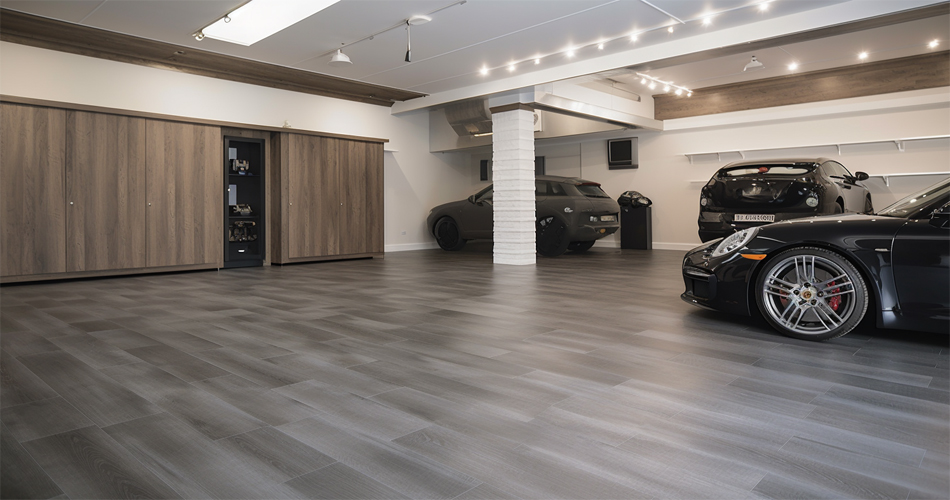
Choosing Between Luxury Vinyl Flooring and Laminate Flooring
When choosing between luxury vinyl flooring (LVF) and laminate flooring, it’s important to consider your needs and preferences as a homeowner. Both types of flooring have their unique advantages and disadvantages, so it’s important to weigh the pros and cons of each before making a decision.
If you’re looking for a flooring option that is highly durable and water-resistant, LVF may be the better choice. LVF is designed to withstand heavy foot traffic and is ideal for areas that are prone to moisture, such as bathrooms and kitchens. Additionally, some types of LVF are completely waterproof, making them suitable for use in basements and other damp environments. On the other hand, if you’re looking for a flooring option that is more budget-friendly and easier to install, laminate flooring may be a better choice. Laminate flooring is typically less expensive than LVF and can be installed as a floating floor, without the need for glue or adhesive.
Another factor to consider when choosing between LVF and laminate flooring is the appearance of the flooring. LVF is available in a wide variety of styles, including those that mimic the look of hardwood, tile, and stone. Additionally, LVF can have a more realistic texture and pattern variation than laminate flooring. However, laminate flooring can also mimic the look of natural materials and is available in a range of colors and patterns.
When it comes to maintenance, both LVF and laminate flooring are relatively easy to care for. Both types of flooring can be cleaned with a damp mop and a mild cleaning solution. However, LVF may require more maintenance over time, as it may need to be resealed periodically to maintain its water resistance.
Ultimately, the choice between LVF and laminate flooring will depend on your specific needs and preferences as a homeowner. If you’re looking for a highly durable and water-resistant flooring option, LVF may be the better choice. If you’re looking for a more budget-friendly and easy-to-install flooring option, laminate flooring may be a better choice. In some scenarios, one type of flooring may be more suitable than the other. For example, LVF may be a better choice for a bathroom or kitchen, while laminate flooring may be a better choice for a bedroom or living room.
In conclusion, choosing the right type of flooring can make a huge difference in the comfort and aesthetics of your home. By reading this article, you’ll gain a better understanding of the differences between luxury vinyl flooring and laminate flooring, allowing you to make an informed decision based on your needs and preferences.


